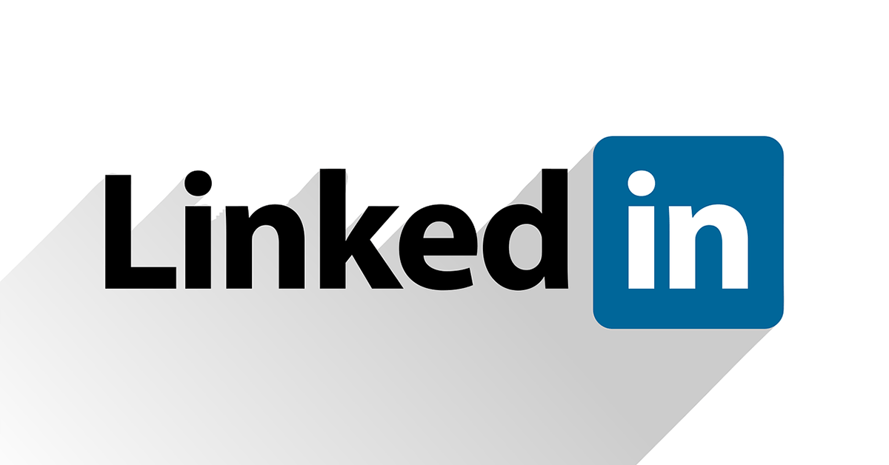How Business Owners Should Set up Their LinkedIn Profiles

HOW BUSINESS OWNERS SHOULD SET UP THEIR LINKEDIN PROFILES
In the age of social selling, company advocacy, and thought leadership, it’s no longer enough for business owners to have basic LinkedIn profiles or worse - to rely on their company page to build relationships and generate leads. The most successful business owners, CEOs, and company leaders engage with professional contacts, colleagues and prospects as individuals using their LinkedIn profiles as 24/7 networking tools.
Here’s how you can set your LinkedIn profile up for success:
1. Complete your profile
LinkedIn guides you through numerous steps while setting up your profile. First, it will ask you to add past job experience, your education background, your “headline,” and picture, then, it will ask you to add a whole host of other information — skill endorsements, recommendations, honors and awards, certifications, volunteer experience, and more.
It’s worth taking a few hours to make your profile complete because it’s the foundation of your personal brand online and will make it easier for the right prospects to find you.
LinkedIn research actually suggests that users with complete profiles are 40 times more likely to receive opportunities via LinkedIn.
2. Optimize your profile for search
While you’re completing each section of your profile, try to think about what people seeking your product/service might be searching for Just as you want to have the right keywords on your website to attract people searching for you, you need to ensure your profile is written in the same language people would use to search.
For example, many business owners have “business owner” in their LinkedIn headline, but no one who is searching for let’s say IT consulting services searches for “IT consulting service business owner.” They would be more likely to search for “IT Consultant” or “IT Services Minneapolis.” It would be smarter for the IT Consulting Firm Owner to have a heading that reads like, “IT Expert Technology Consultant - Helping Small Businesses Use Technology Better.”
Your headline and all parts of your profile should clearly explain what you do and who you do it for - in the language the searcher would use.
3. Use appealing, professional photos in your profile
Attention spans are short these days, so you only have a few seconds to capture and keep your visitors’ attention. LinkedIn isn’t an overly visual social network, so it’s important to make sure the few images on your portfolio are professional and speak to your brand. There are two images to focus on here - your profile photo and your background photo.
For your profile photo, it’s worth the money to have professional headshots taken. You can use them on your company website in addition to your LinkedIn profile. Your headshot represents the human face of your company and brand, so it’s best not to use a poorly lit selfie from your last Mexico trip.
Here are some data-backed tips for choosing the perfect LinkedIn Profile photo.
Background photos can be a bit more tricky but provide a great opportunity to show your personality and reflect your company brand. For business owners, I recommend asking a graphic designer to create a custom graphic that matches your company website. If you don’t have access to a graphic designer or want to try creating a graphic yourself first, check out Forbes’ “ 5 Easy Ways to Create a Brilliant Background for Your LinkedIn Profile.” For more tips on creating a beautiful, optimized background photo, click here.
4. Build your network
Once you’ve added a few contacts, LinkedIn will start guessing who else you may know and recommending others for you to follow, but there’s more that you can do to build a powerful network. First, make sure to import connections from Gmail, Yahoo, Outlook and others. Work through contacts one by one to filter out any outdated contacts and send personalized messages to those you’d like to connect with.
You can also always use LinkedIn’s search feature to search for specific people you may know.
You want to be as selective as possible when deciding who to connect with. A very large network is much less powerful than a small network of close connections. The closer the connection to you, the more likely they are to share your content, comment on your posts, connect you with prospects, etc.
5. Get involved in as many relevant groups as possible
There are numerous professional groups that LinkedIn users around the world use to share best practices, new research, questions, networking event updates, and more. Take the time to search for groups that are relevant to your industry. Asking questions and providing answers on group forums is a great way to meet prospects, build relationships, and share your thought leadership.
6. Share your content
If your company is creating educational content of any kind (blog posts, SlideShare presentations, videos, podcasts, infographics, etc.), be sure to share it on LinkedIn. Frequent content updates will capture and keep the attention of relevant prospects and drive traffic and leads to your website.
Also, remember one of the golden rules of online marketing: “sharing is caring.” It’s not enough to constantly share your own company or personal content. You should spend at least 10 minutes a day reading, sharing, and commenting on updates from your connections, fellow group members, companies, and thought leaders.
By optimizing your profile, you and your company look more legit. It will help you generate more awareness, attract the right leads, and ultimately, close more deals.
Pressed for time? Learn how to monitor your social media accounts in just 10 minutes per day with our free eBook.

